Building Protection System
1/32
Earn XP
Description and Tags
Building Protection: Waterproofing, Damp-proofing, Fire-proofing, Termite Control & Wood Preservative by RR
Name | Mastery | Learn | Test | Matching | Spaced |
|---|
No study sessions yet.
33 Terms
Cementitious, Bituminous, Liquid-applied, Integral
Types of waterproofing
Cementitious Waterproofing
Made of acrylic polymer designed for compounding with cement to create excellent adhesion, water resistance and flexibility even on thin section applications.
Crystalline, Flexible cementitious
Two types of cementitious coating
Crystalline coating
It is composed of cement, specially treated quarts (or silica), and proprietary chemicals. When combined with water, it undergoes a reaction and forms a crystalline structure that permeates and fills pores, micro cracks, and capillaries in concrete.
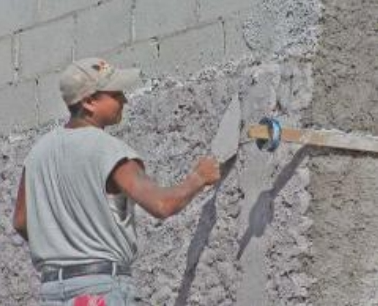
Flexible cementitious
This coating provide waterproofing for positive and negative side installations, can be used for crack bridging, and are breathable
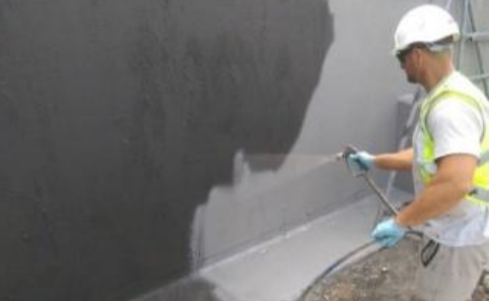
Bituminous waterproofing
Used for waterproofing roofs, basements, below-ground structures, bridges and other structures. Uses a specific material, also known as asphalt, is a sticky, black and highly viscous liquid or semi-solid form of petroleum.
Torch-applied bituminous Membranes, Self-adhesive bituminous Membrane, Bitumen LAM, Hot-melt bitumen
Types of Bituminous waterproofing
Torch-applied bituminous Membranes
A thin layer of watertight material fully-bonded to the surface. It is a flexible system, able to maintain its waterproof capacity without causing cracks. Used for retaining walls, basements and below-ground structures, Flat roofs, balconies and terraces under tiles, and wet areas.
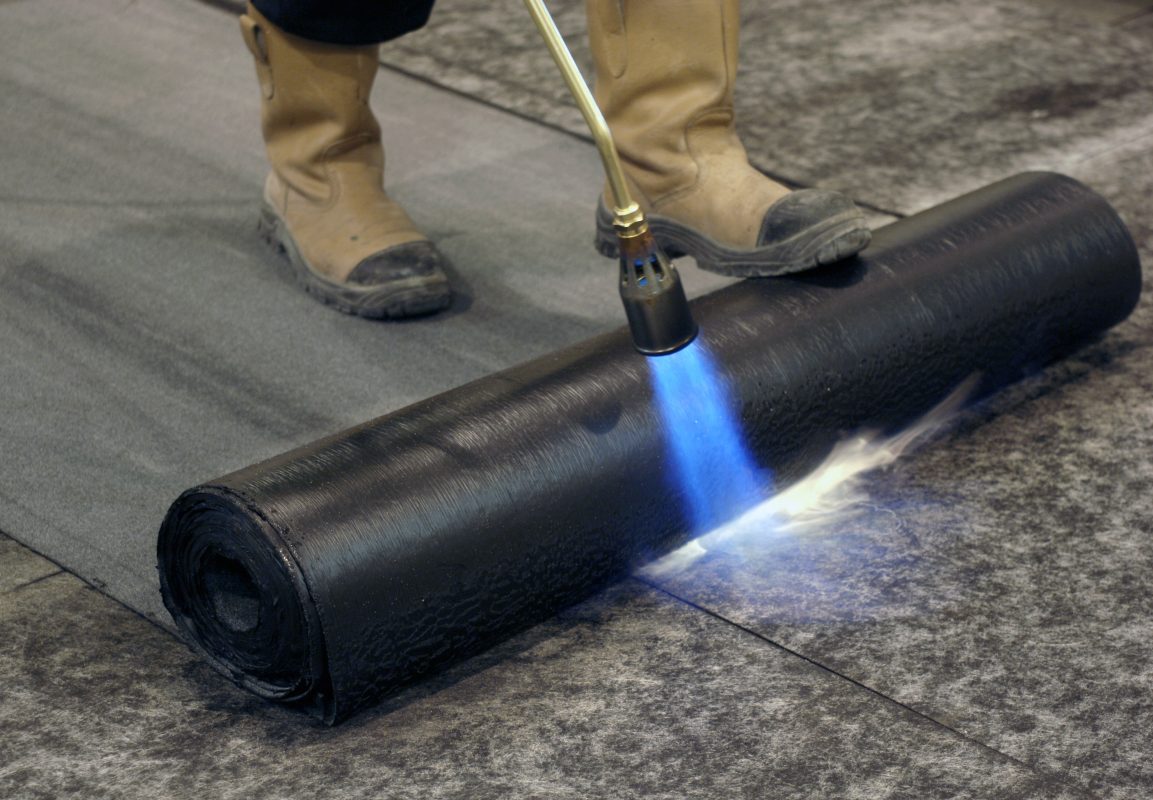
Self-adhesive bituminous Membrane
Bituminous waterproofing used for wood substrates, flammable areas, small areas, vertical surfaces or those areas with difficult access.
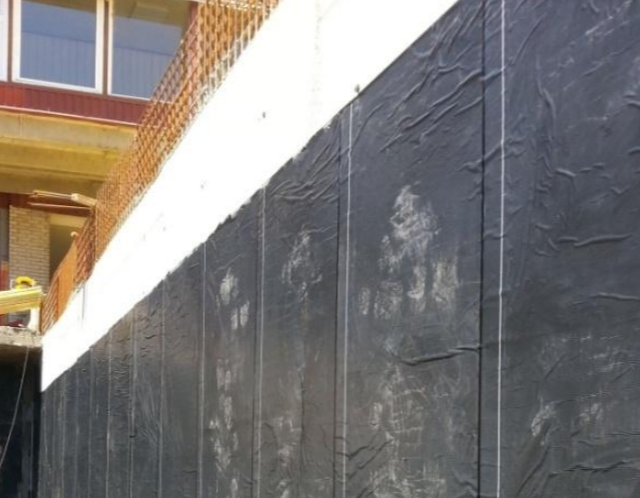
Bitumen LAM (Cold-applied, Liquid-applied Membrane)
Polymer-modified bitumen emulsions which require no torch or flame to be applied. They are available as water-based or solvent-based coatings. For seamless, fully-adhered and safe systems. Used for below-ground areas facing ground moisture, such as foundations, wet areas, swimming pools.

Hot-melt bitumen
A polymer-modified bitumen, either elastomeric or plastomeric, packed in a solid block state. The block is heated and applied onto the substrate, forming a fully-bonded waterproofing layer.
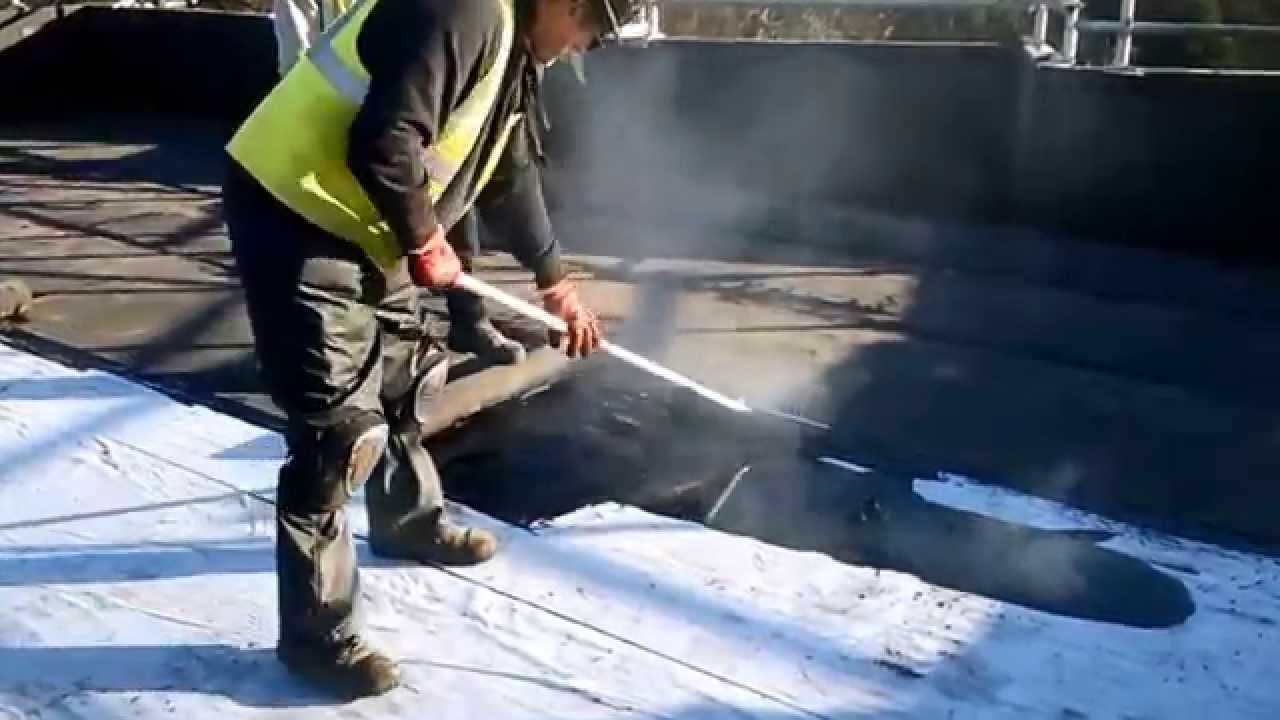
Liquid-applied membrane waterproofing
This type of waterproofing creates amonolithic, fully-bonded coating suitable. The coating cures to form a rubber-like elastomeric waterproofing membrane and may be applied over many substrates, including asphalt, bitumen and concrete.
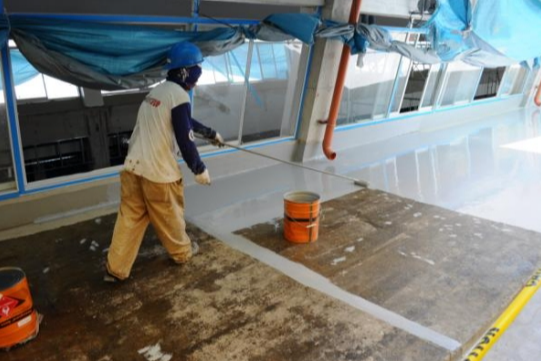
Integral waterproofing
This type of waterproofing perform their function within the pores of the concrete as compared the other systems in which the waterproofing is applied on the surface. They are seamless and generally not reliant on skilled or careful workmanship. Not subject to puncturing, tearing or abrasion. Eliminates the need to schedule access and application time during construction.
reactive ; un-reactive
Integral waterproofing products can be categorized into two groups: ______ or ______
Reactive integral waterproofing
Addresses the moisture penetration through cracks and joints. It will respond to moisture by forming new chemical compounds to seal off the incoming moisture (crystalline) by blocking cracks and pores.
Unreactive integral waterproofing
This waterproofing functions by densifying the concrete. The un-reactive products attempt to produce waterproof concrete by reducing the permeability of concrete.
Damp-proofing
Protection from the outside is provided by the water repellent materials which turn water aside and force it to return to the earth down the outside of the building to prevent from passing into the interior spaces.
Damp-proofing slows down moisture movement, waterproofing ensures complete impermeability of water.
What is the difference between damp-proofing and water-proofing?
Polyethylene Film, Aluminum Foil, Kraft paper coated with asphalt or wax.
Materials used for vapor barriers
Polyethylene Film
A chemically inert plastic, unaffected by acids, alkalis and caustics, produced in rolls of 3 to 20 ft. wide. Common thickness is 2, 3, 4, and 6 mil (1mil = .001in.) This film is useful not only as vapor barrier for walls, ceilings, and floors but also as a barrier to prevent the passage of moisture from the earth upward through a concrete slab lain on the ground.
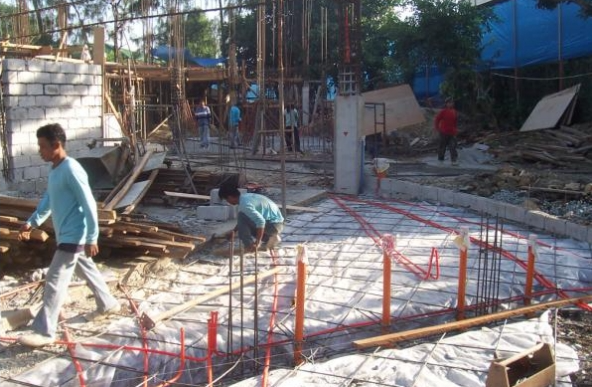
Aluminum Foil
Used as vapor barrier as a single sheet, or as a thin layer of foil laminated to a heavy backing of asphalt-impregnated Kraft paper. This is also done with two layers of foil laminated with asphalt cement
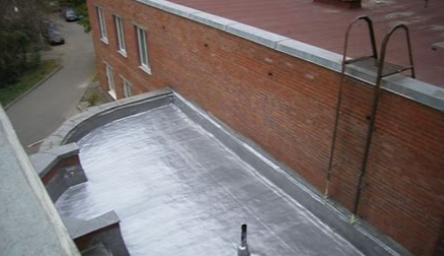
Kraft paper coated with asphalt or wax.
Used as vapor barrier, sometimes two layers of paper are cemented with a continuous layer of asphalt
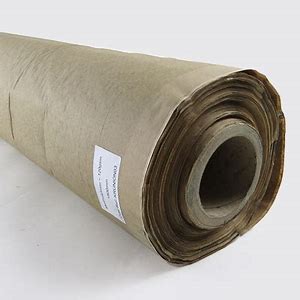
Fire Proofing
It is applied to protect buildings and structures from the effects of fire. It helps delay the spread of flames, prevents structural collapse, and provides additional time for evacuation and firefighting efforts.